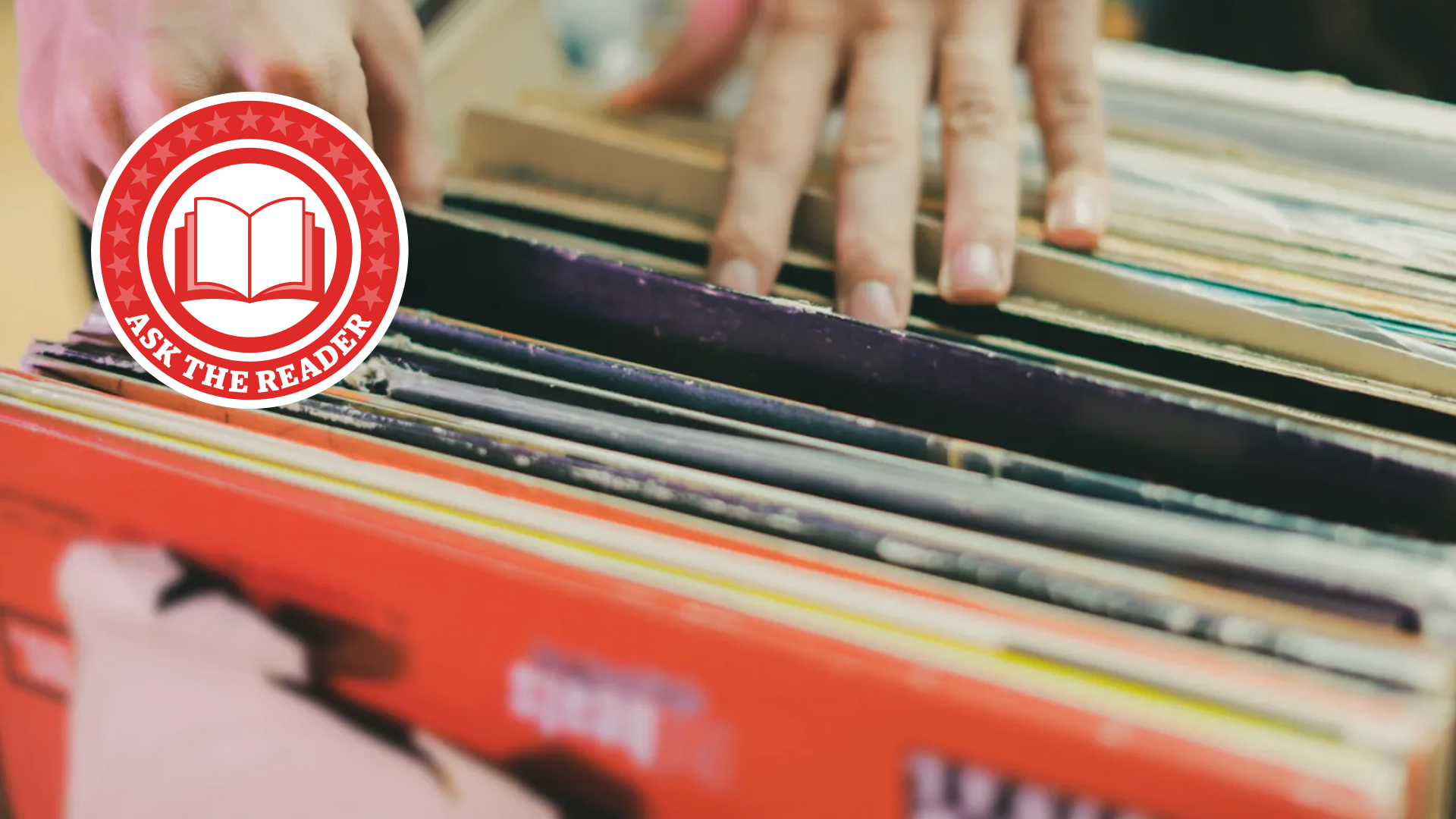I have listened to my favourite music on vinyl, CD and streaming – and the differences go far beyond sound
There's more than one way to listen...
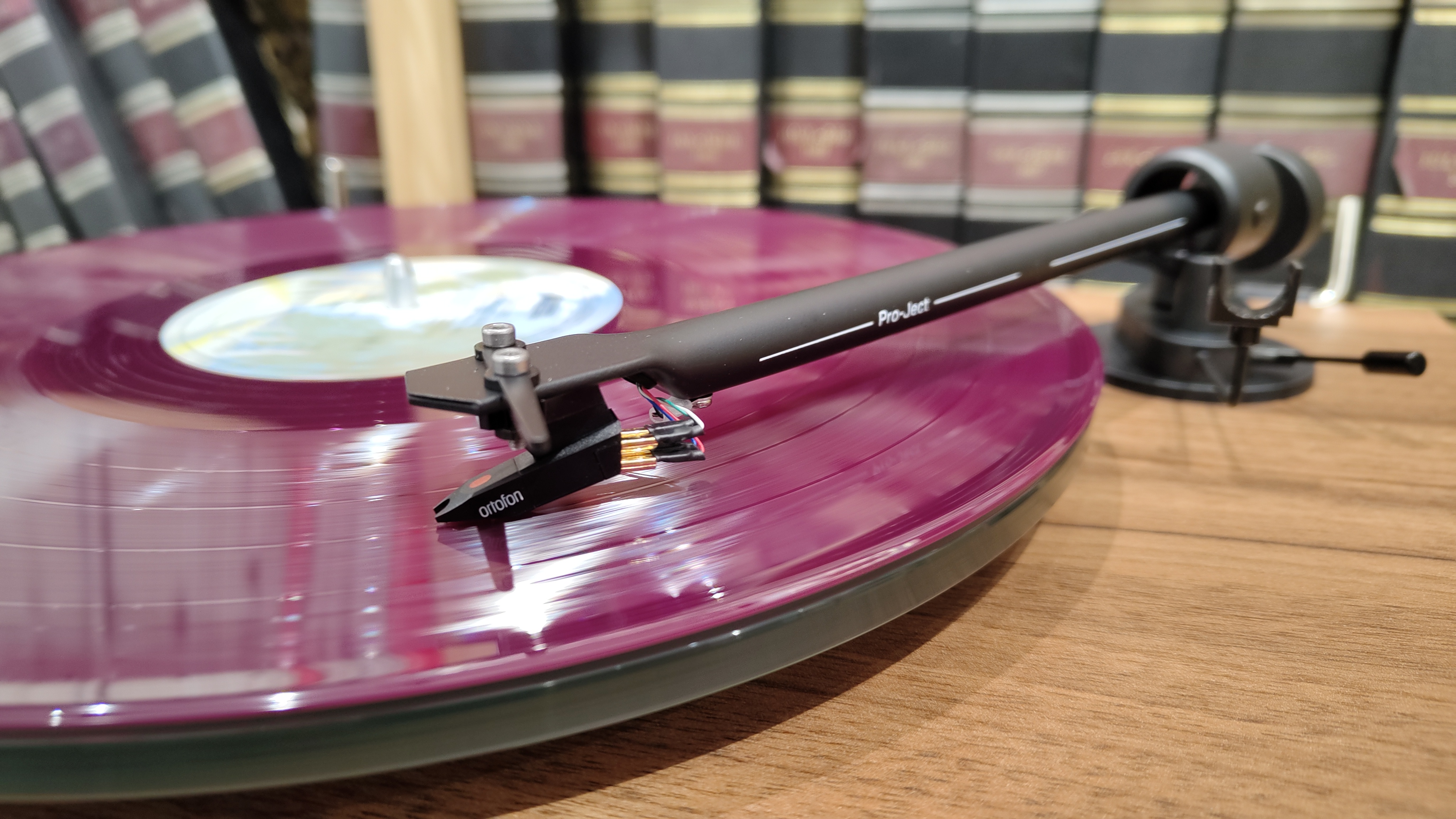
We have had a veritable raft of turntables populating our test rooms recently in the run-up to Vinyl Week 2025. From relatively affordable Bluetooth models such as the Pro-Ject T1 Evo BT to the very purist Rega Planar 3 RS Edition and the impressively high-end Vertere SG-1/Xtrax, it’s been a great chance to indulge ourselves just a little and get some records spinning in the way that, if you ask some hi-fi and vinyl enthusiasts, God intended.
While our eclectic selection of decks has been dominating test-room surface space, vinyl hasn’t been the only format in play in the What Hi-Fi? Towers building. CDs continue to hold strong as a means of musical transmission, with the new Cyrus CD 40 player, currently in for testing, sitting alongside its Award-winning Cyrus CDi cousin on our test-room rack.
The temptation here, of course, is to launch into a charged polemic espousing the virtues of physical media over the soulless evils of modern streaming, or to pick a preferred format and fight its corner to the detriment of inferior pretenders.
“Vinyl just sounds better” is the received wisdom passed down from collectors and enthusiasts who can’t get enough of their precious polyvinyl chloride. “Vinyl is warm, CDs are thin and cold” is another old adage, and while that may hold true some of the time, so much of a CD or record’s quality or so-called personality is down to the quality and feel of the player playing it.
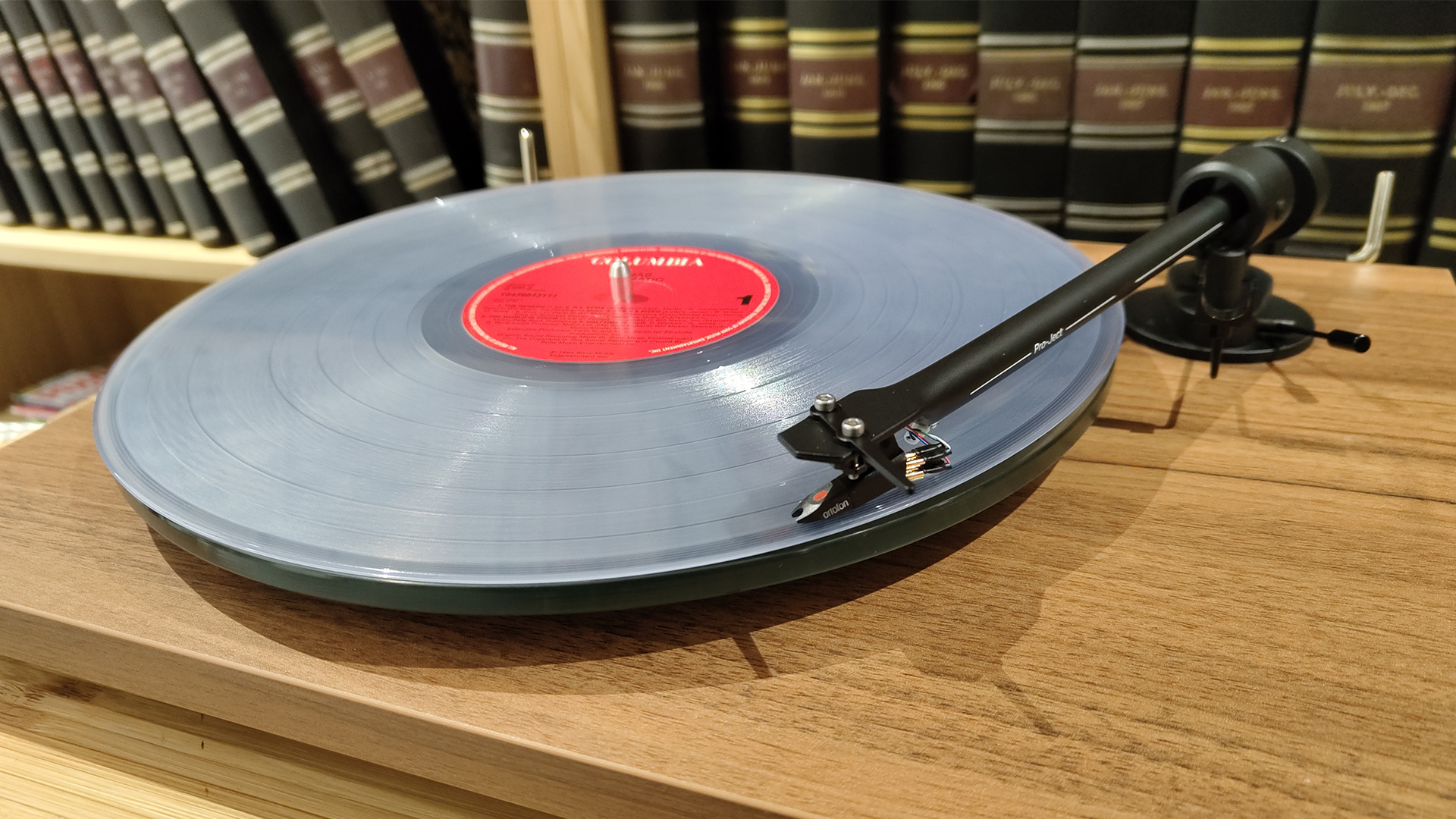
Listen to our Cyrus CDi and tell us that it isn’t musical, dynamically expressive and hugely entertaining. Yes, the Rega Planar 2 is a magnificent performer, but it showcases a slightly brighter, leaner sound than, say, the warmth and smoothness of the less costly Pro-Ject T1 Evo BT.
Once you start factoring in the variances in cost, form and use case, it becomes far harder to make sweeping generalisations about how a type of product conveys your music. As is the case with headphones, floorstanding speakers and amplifiers, each product, be it good or bad, high-end or budget, has a distinct personality all of its own.
Let's talk about our feelings
So let’s sidestep such pitfalls and instead delve a little deeper into what they are like to use rather than how they tend to sound. Much of the appeal of a turntable, CD player or even some dedicated music streamers comes from their physical aspects, be that interacting with the product themselves or the ownership of a collection of CDs or records to play on them.
Get the What Hi-Fi? Newsletter
The latest hi-fi, home cinema and tech news, reviews, buying advice and deals, direct to your inbox.
As CDs hold strong and vinyl sales continue to soar in an age of digital streaming, those aspects of use have clearly become more important than ever with users for whom poking a smartphone to load up Spotify isn’t scratching a very particular itch.
I'm certainly starting to understand the ritualistic process behind playing your favourite vinyl record. Selecting a lovingly crafted record, complete with its large, bold cover and housed in its own protective sleeve, feels far more momentous and meaningful than accessing a cold digital file amid an infinite galaxy of other MP4s.
Handling vinyl requires care, be it removing the record from its sleeve without touching the main surface or gently placing it on the platter of your deck, something which breeds a sort of ritualised respect for your music. You can’t break a streaming file (most of the time, anyway), and thus it has less inherent value. A record is yours, and if you break one, there will never be another quite like it.
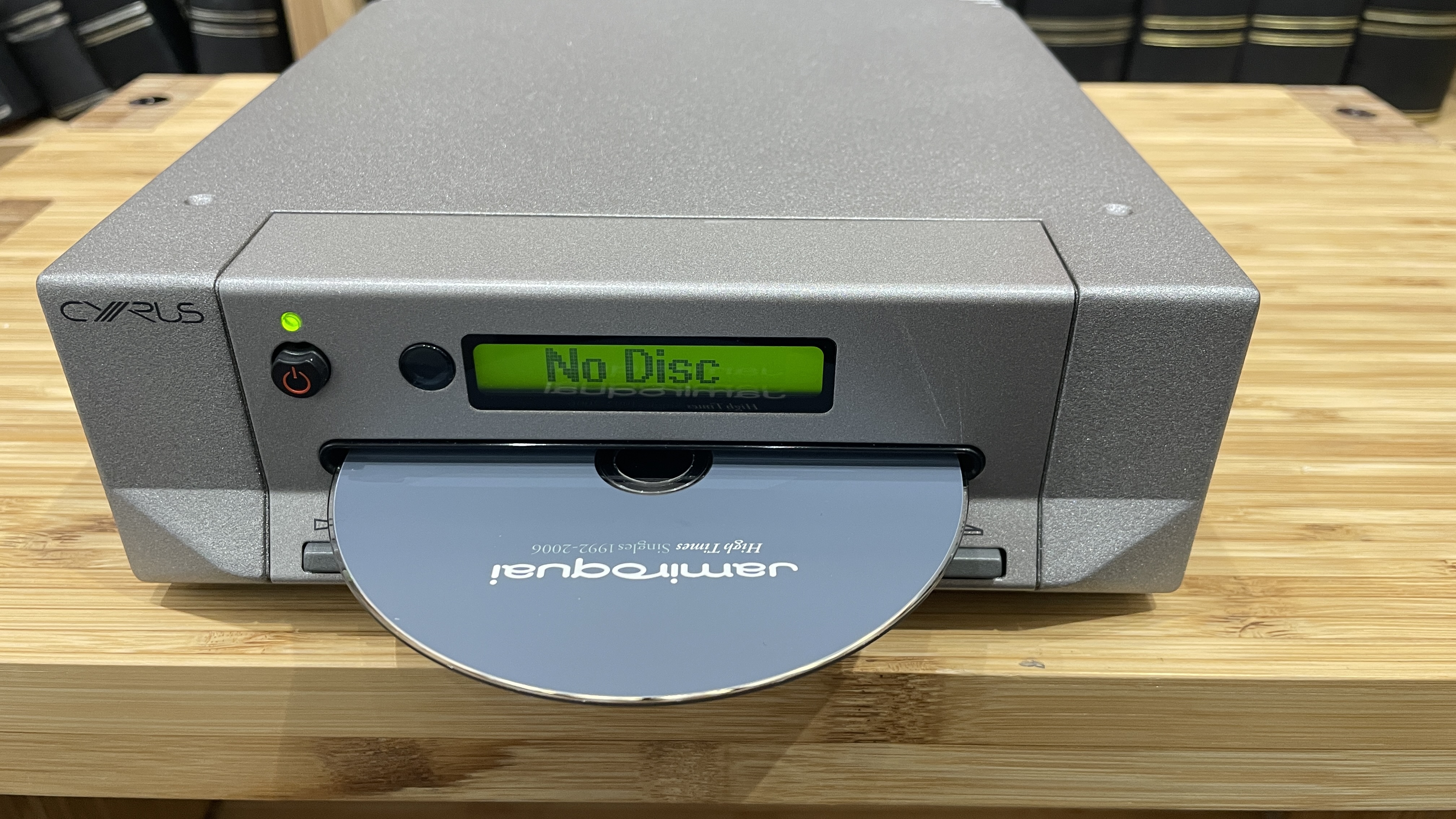
It’s a similar story with CDs. I used to have a somewhat love/hate relationship with the shiny disc before streaming threatened to make it obsolete as the noughties transitioned into the 2010s. That was mainly due to the format’s propensity to get scratched, damaged or misplaced.
Then there’s the awful plastic cases which, inevitably, would often be made redundant thanks to their small, flimsy ‘hinges’ snapping off with sadly predictable regularity. What’s wrong with those folding cardboard sleeves, anyway?
Yet my recent return to CD Island courtesy of our in-house Cyrus CDi player has been a far more pleasurable experience than I had previously anticipated. Perhaps handling vinyl records has made me as cautious as a white-gloved museum curator gently pursuing the original Domesday Book or a nuclear reactor worker handling some sort of glowing, Simpsons-esque control rod; that ritualised behaviour seems to have carried over to my modest but valued CD collection.
Gently removing my now-precious copies of Radiohead’s Amnesiac or Soundgarden’s Down on the Upside and slotting them into the Cyrus was, like laying down a record and carefully placing the needle into the groove, a mini-event to be savoured. It takes actual time and care to move from a point of silence to one of musical enjoyment, a process which once again adds value to the end result. Perhaps an appropriate analogy would be the difference between ordering takeaway and making a meal yourself – a similar outcome, but it's all about the journey getting there.
(Don't) skip to the good bit
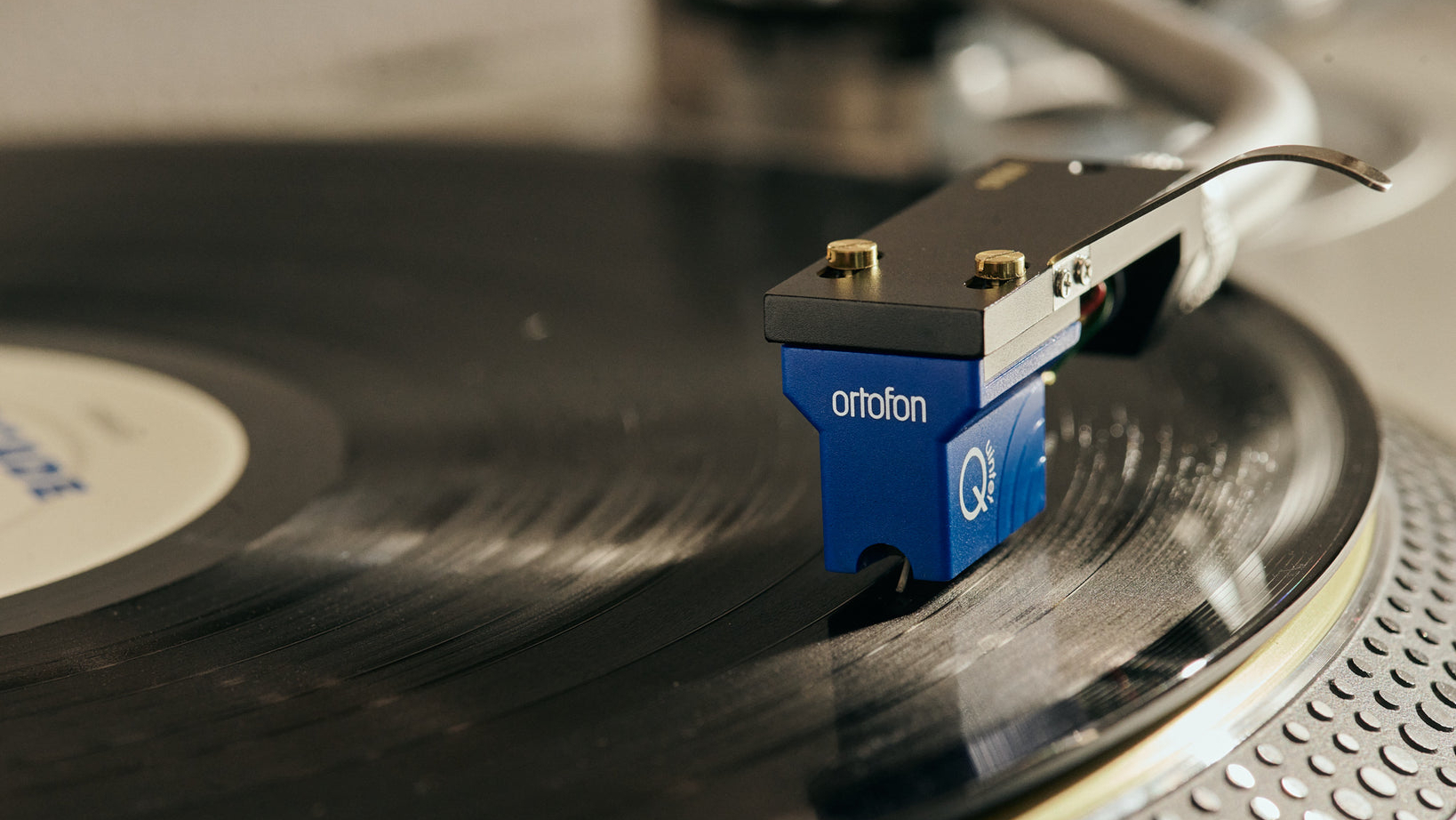
Then there’s the process of actually listening to physical media. Preparation is one thing, but the way we experience records and discs is a world away from how we interact with digital streaming. When I first tested a turntable, it hadn’t even occurred to me that, in most cases, there are no means of skipping or ‘pausing’ tracks via the means to which I'd become accustomed thanks to digital libraries and CD changers.
If you want to change songs, that has to be done by manually lifting the tonearm and dropping the needle as close as you possibly can to the right groove as you search for The World is Yours on Side One of Nas’ Illmatic. If you are going to change the song, it had better be worth it – vinyl encourages you to listen to albums as albums, not as a collection of three songs that you play on repeat and six or seven that you ignore altogether.
If vinyl urges you to listen to whole albums, CDs at least push you to listen to whole songs. Yes, many CD players will have a fast-forward button, but it’s not as efficient or accessible as the pinpoint slider you’ll find on Spotify or Tidal. As I worked my way through Down on the Upside via the Cyrus feeding into our ATC SCM50 reference speakers, the idea of fast-forwarding simply didn't occur.
This time, I could skip tracks if I so chose, yet even that felt like something of a taboo given the time I was taking to sit down and enjoy each one. Yes, part of that is down to the respect I have for our entire reference system – there's a lot of money in those cables alone – but that oddly reverential feeling goes beyond concerns of mere financial value.
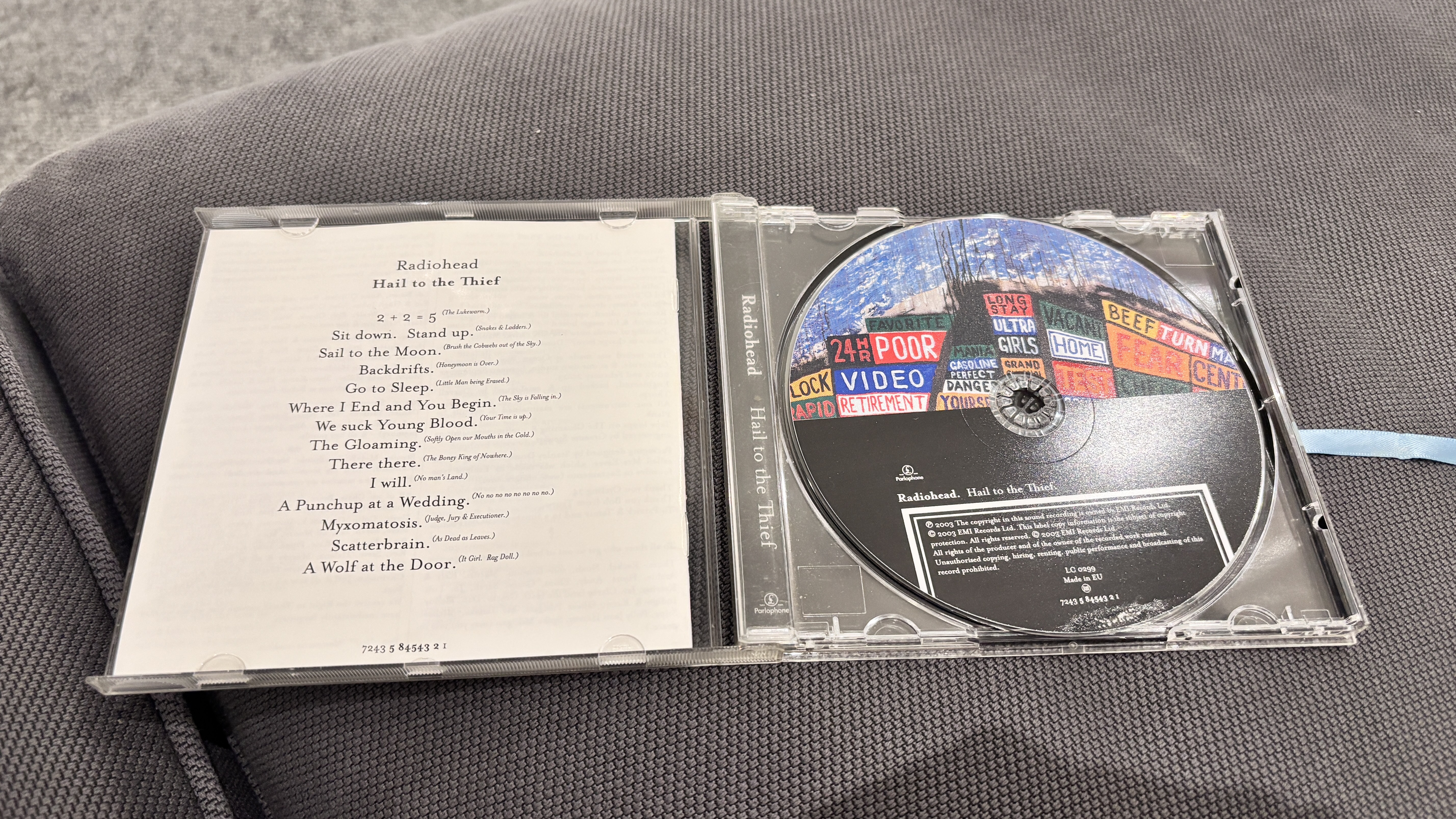
Let's also not forget those little added extras that, for better or worse, define the physical experience. Each record does have its ‘personality’, sometimes defined by pops and crackles, sometimes by a slightly warped edge or unsightly bend in the PVC. Pressings vary from one batch to the next, only adding to the perceived uniqueness of a given record, which makes it special to its owner.
CDs aren’t immune to such charms, either. My personal copy of Down on the Upside made it through to the third track, Zero Chance, before it began to struggle and skip in a manner that I’d all but forgotten thanks to my cosseted digital privilege. Burden in my Hand also threatened to judder to a halt, but a little TLC in the form of a gentle wipe with a soft cloth soothed its jangled nerves. Ah, the frailties of tactile media – now that takes me back.
The human touch
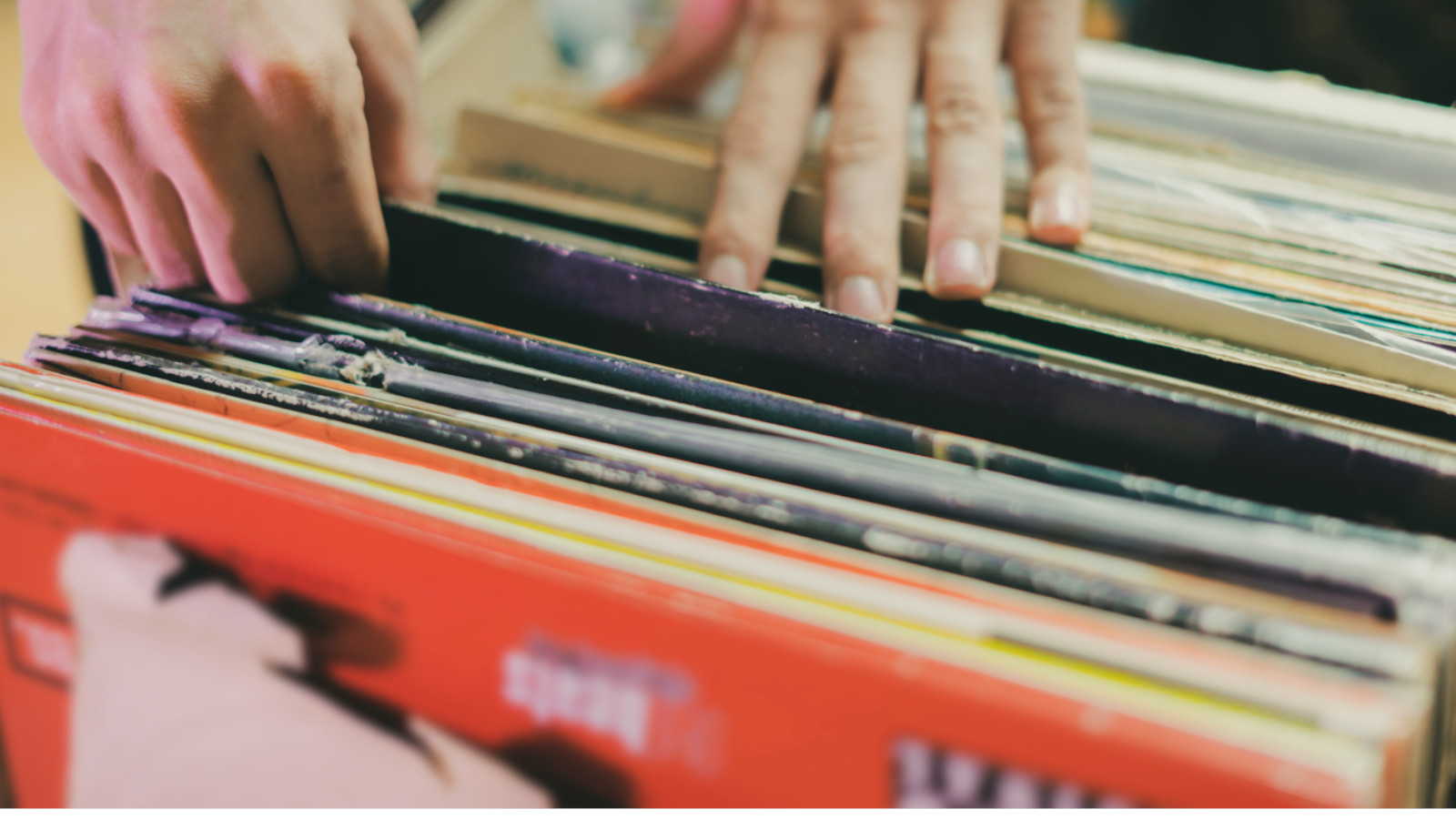
Maybe there’s just something inherently human about craving things which exist in three-dimensional space rather than those housed in that strange digital realm which, lest we forget, has only been around for less than 50 years. I still make all of my notes for the day in my notebook rather than on my phone, and I know colleagues who swear by the humble Post-it note as superior to computer-based workflow planners.
Reading the lyrics of a song on a screen as it plays is nice, but reading them from a lovely CD booklet is something else entirely. Look at the cover of Fleetwood Mac’s Rumours on Spotify and then hold a copy of a proper record. There’s simply no comparison.
Listening to music isn’t just about the sound that’s produced – it’s about everything else that goes with it. For many enthusiasts, be they CD lovers or vinyl devotees, it’s a hobby with roots in the physical realm of touch and experience that goes far beyond the end result of simply hearing the eventual sound produced. A digital file in a rented digital library can never have the sense of emotional attachment you’ll feel for your favourite record or cherished CD, nor can it replicate the process involved in accessing it.
The reason behind the resurgence of physical formats among the younger generations is obvious – because in a removed and sometimes soulless physical age, they want to interact with, experience and feel their music, rather than simply play it.
And you know what? I totally get it.
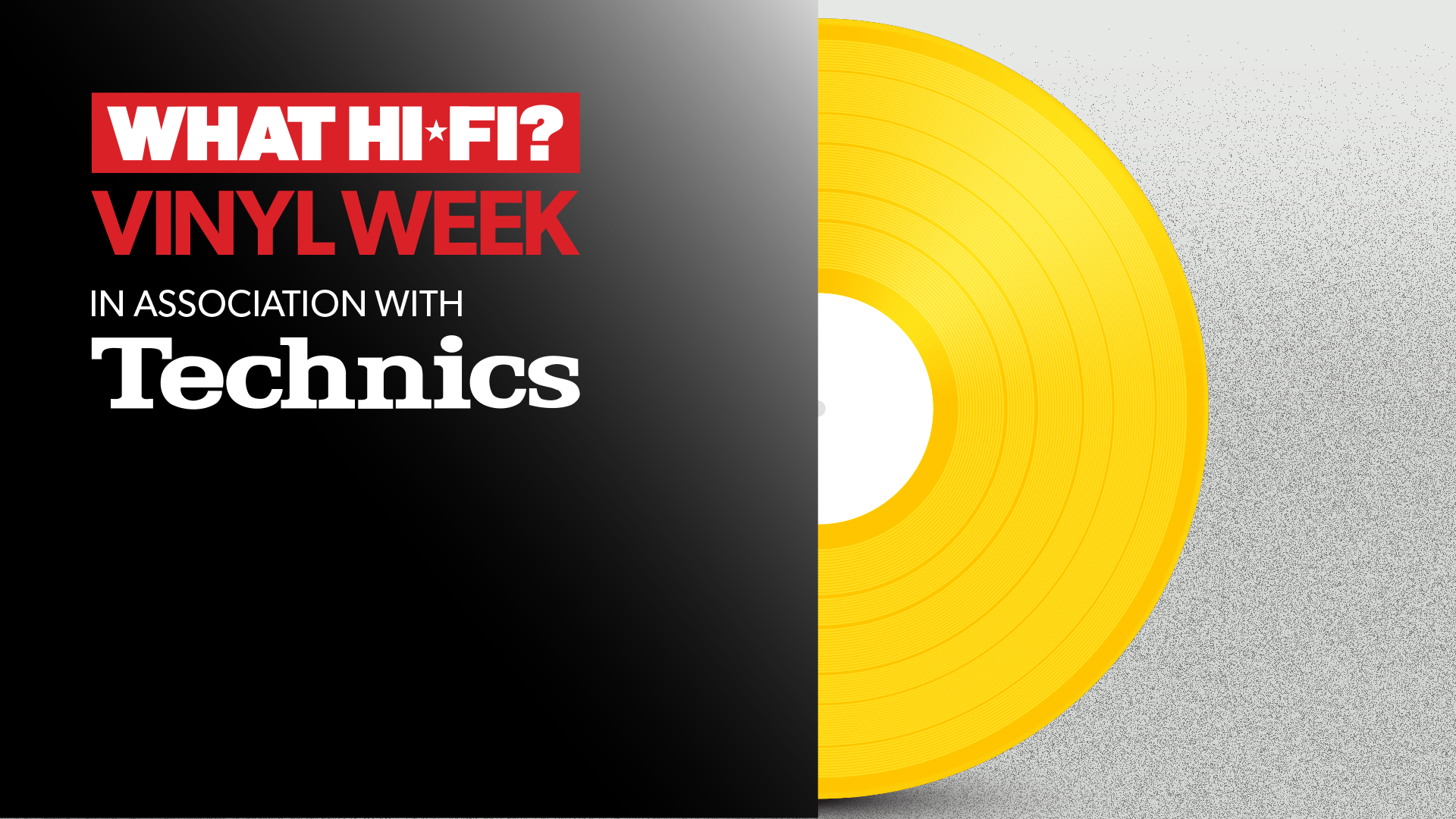
MORE:
Check out our pick of the best Record Store Day 2025 releases
Vinyl Week 2025: new reviews, exclusive features and advice
Our guide to the best turntables you can buy

Harry McKerrell is a senior staff writer at What Hi-Fi?. During his time at the publication, he has written countless news stories alongside features, advice and reviews of products ranging from floorstanding speakers and music streamers to over-ear headphones, wireless earbuds and portable DACs. He has covered launches from hi-fi and consumer tech brands, and major industry events including IFA, High End Munich and, of course, the Bristol Hi-Fi Show. When not at work he can be found playing hockey, practising the piano or trying to pet strangers' dogs.
You must confirm your public display name before commenting
Please logout and then login again, you will then be prompted to enter your display name.
